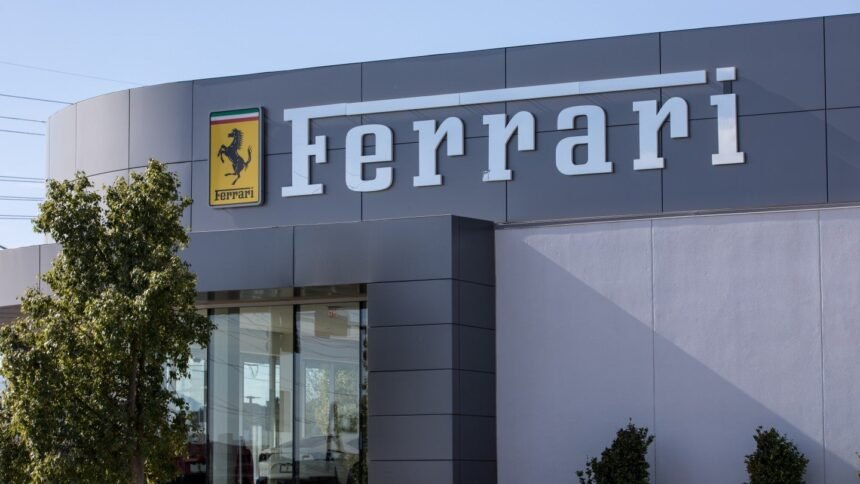The automotive industry is experiencing a shift towards electric vehicles (EVs), with luxury sports car manufacturers like Ferrari and Lamborghini venturing into the electric market. However, Ferrari has recently announced a delay in the release of its second EV model, pushing it back to at least 2028 due to weak demand for high-performance luxury EVs.
This decision comes as a surprise, considering Ferrari’s ongoing efforts to transition into the electric market. The company is set to unveil its first EV in October this year, with customer deliveries expected in October 2026. The challenges of transitioning to EVs, such as the absence of the traditional engine roar and the limitations of EV batteries, have not resonated well with the target market, leading to a lack of sustainable demand for electric sports cars.
Sources close to the matter have revealed that Ferrari’s second EV model, initially planned for late 2026, has been delayed to allow the company to enhance its in-house technology for the upcoming electric vehicle. Despite the delay, Ferrari’s long-term strategy still includes the sale of EVs, although no plans beyond the first EV have been publicly disclosed.
In addition to Ferrari’s delay, Lamborghini has also postponed the launch of its first electric model to 2029. Porsche has scaled back its EV plans following tepid sales of its electric Macan SUV and Taycan models, while Maserati has scrapped plans for an electric version of its MC20 sports car.
Ferrari’s second EV model launch has now been pushed back twice, with the first model priced over $500,000 and considered a low-volume model for the company. The second model is expected to align more closely with Ferrari’s traditional strategy of producing 5,000 to 6,000 units over a five-year lifespan, but the lack of customer interest poses a challenge.
Ferrari is set to present its new long-term business plan to investors on 9 October, where more details about their EV strategy and future plans may be revealed. The delay in the release of the second EV model highlights the challenges that luxury sports car manufacturers face in transitioning to electric vehicles and meeting the changing demands of the market.







